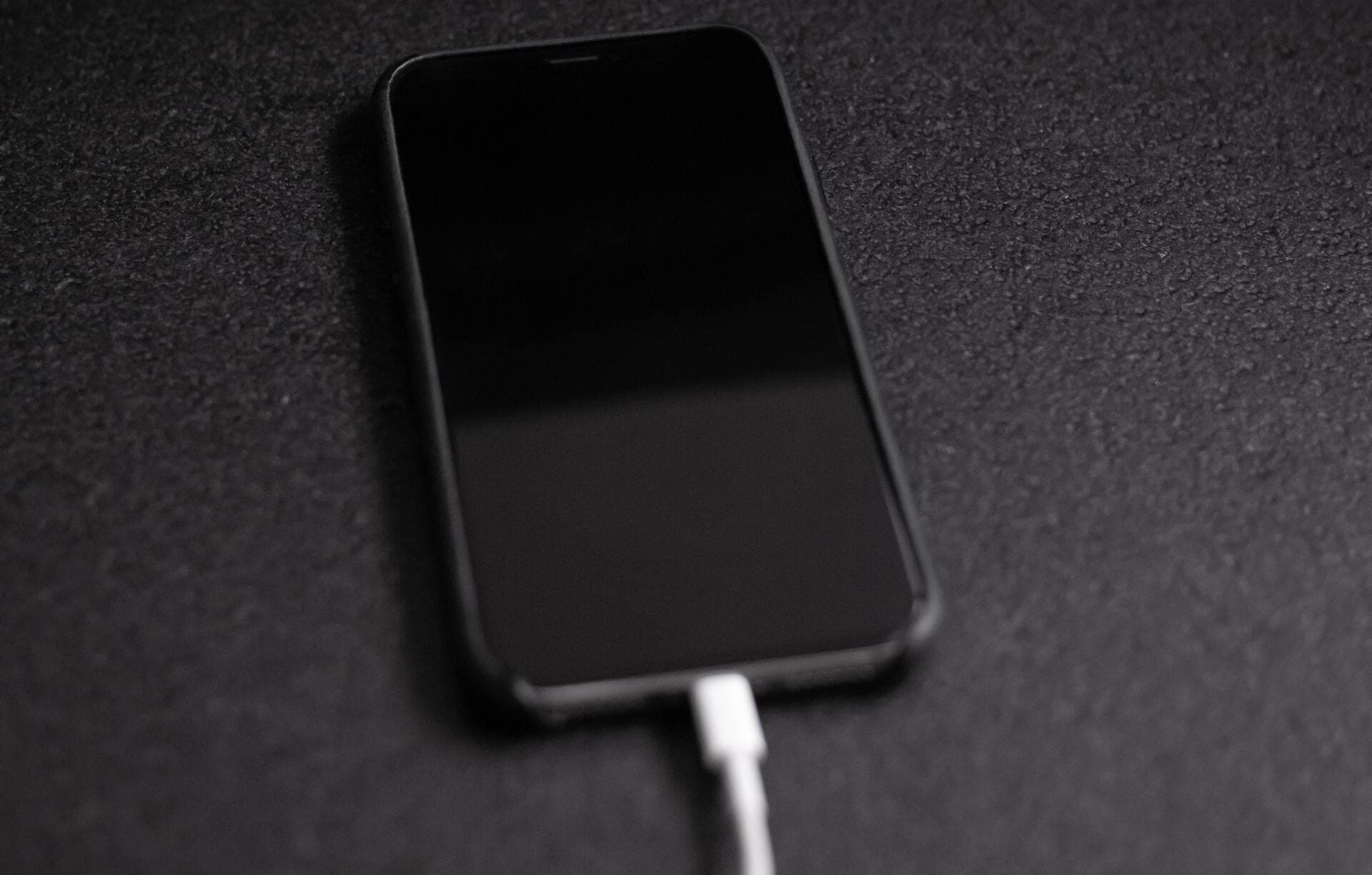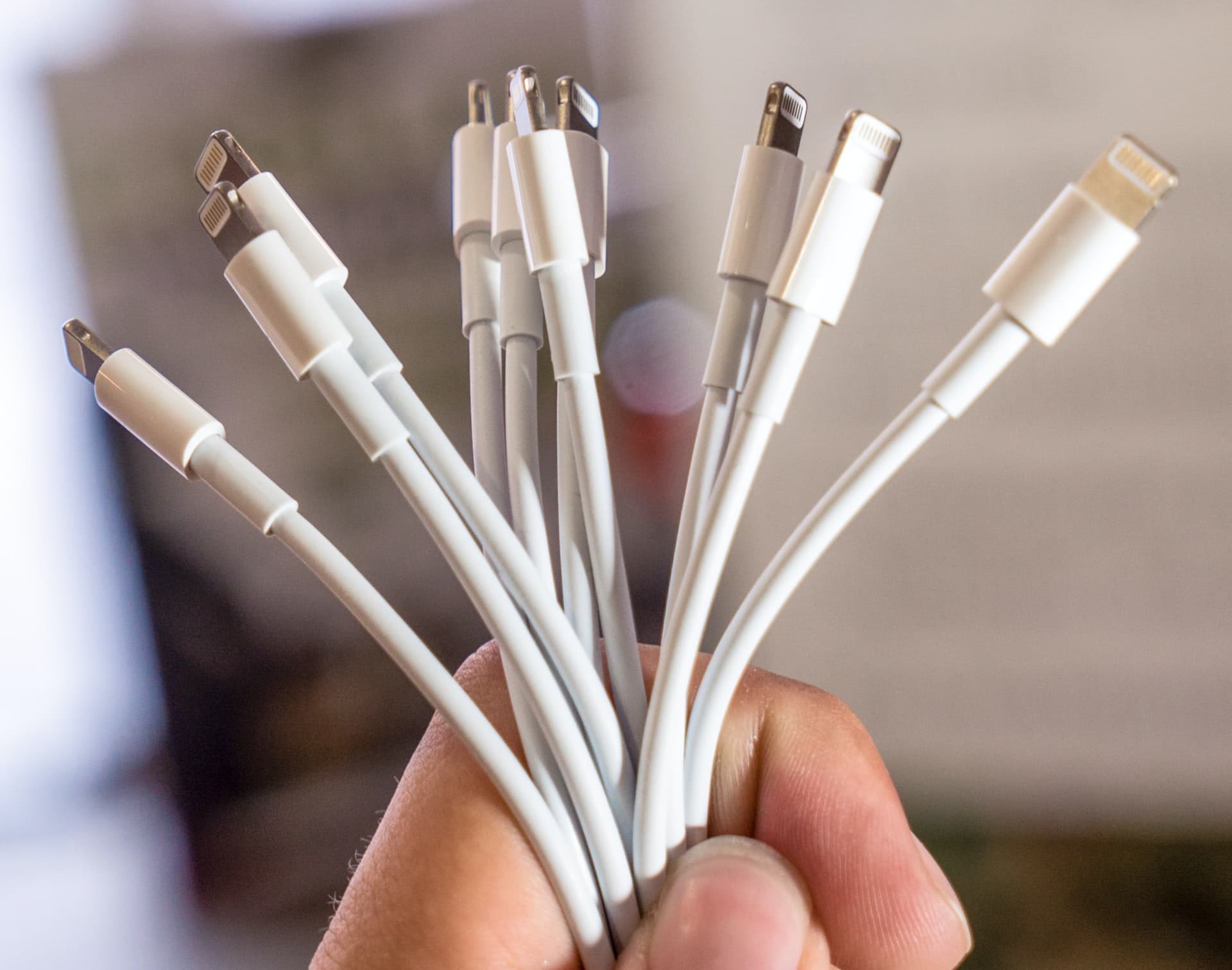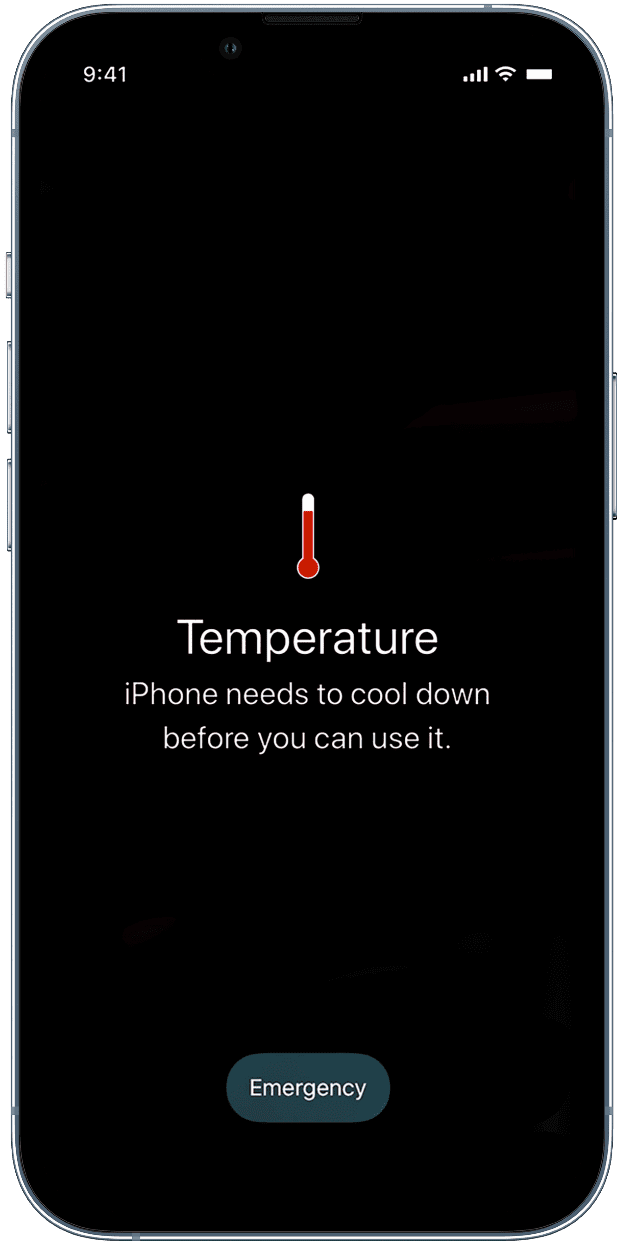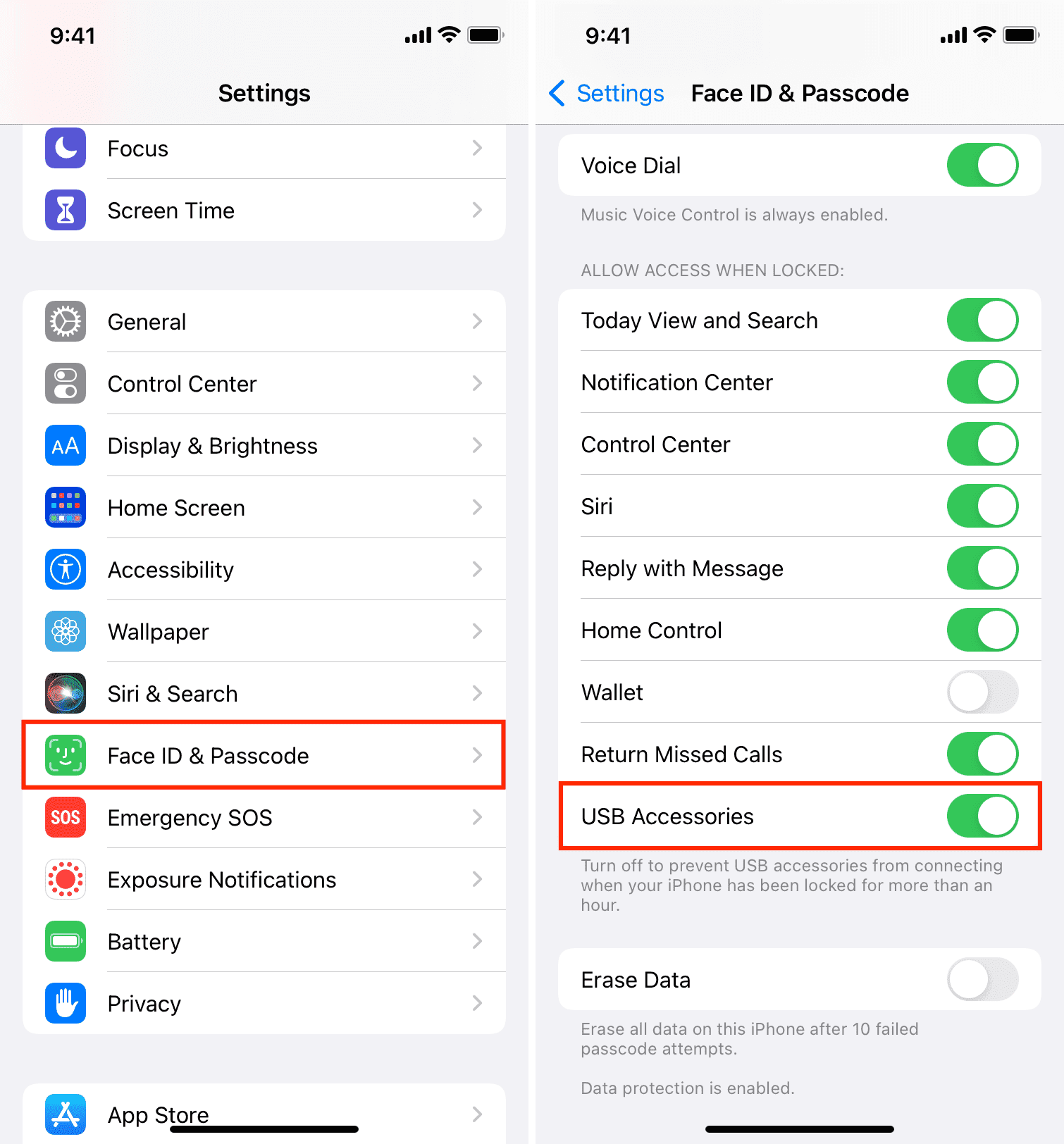Learn what to do if your iPhone or iPad won’t charge even though you’ve plugged it into a power adapter correctly.

Enable USB accessories when iPhone is locked
Even when your iPhone or iPad is locked, plugged into power, and charging normally, it may not actually start juicing up until unlocked. This is by design, to prevent unwanted accessories from connecting to your device. As handy as it is, this security feature can cause trouble with certain power banks, chargers, and cables.
You can fix this by making sure your device is permitted to access USB accessories while locked. In the Settings app, choose Face ID & Passcode or Touch ID & Passcode, scroll down to the section titled Allow Access When Locked section, and turn on the switch next to USB Accessories.
With that done, your iPhone should start charging when plugged into power and locked. Related: How to fix “This accessory may not be supported” on iPhone and iPad
Check the charing port for dirt
If your iPhone won’t charge, there might be some dirt accumulated inside the charging port. Carefully clean the insides of the Lightning or USB-C port using a soft brush or a toothpick but be sure not to use too much force as doing so could easily do more harm than good. Once cleaned, carefully plug the charging cable to confirm whether the device is charging or not.
Keep in mind that cleaning a USB-C port is more difficult than its Lightning counterpart because it has a piece in the middle. If your iPhone has USB-C instead of Lightning, don’t use a toothpick to avoid damaging the port. Either use a super soft brush to clean the dirt to try blowing it out with compressed air.
Restart your iPhone
If your iPhone still refuses to charge, restart it and then try again. When an iOS device won’t charge or display the charge level because of some technical glitches, turning it off and back on usually fixes the problem.
Try a different charging cable
If a charging cable shows no signs of damage but still doesn’t work, there’s probably an issue with built-in electronics. Try using a different cable to see if charging resumes. If so, you have a faulty charging cable and you’ll need to replace it.
Sometimes a charging cable works without a hiccup with one iPhone but not with another one. My MFi-certified Belkin cable used to give me problems when charging my iPhone 6S Plus even though it worked perfectly with my iPhone 11.
We recommend picking up MFi-certified cable and adapter. Of course, you’re free to use non-certified chargers as well. Just bear in mind that non-certified chargers often lack the safety features of their MFi counterparts.

Check your power source
Double-check the main way switch to make sure it’s turned on and working. If you have an extension cord with a built-in fuse, try plugging the iPhone’s power adapter directly into the wall socket instead.
To rule out a faulty adapter, borrow a charger from a family member or a friend to see if it works. Power bank owners should make sure their power bank is turned on, has enough juice to power your iPhone, and can charge other devices.
When charging an iPhone or iPad via the USB-C port of a Mac or Windows PC laptop, ensure the computer is turned on and not in sleep mode. You can also try other USB ports on the machine or ones on your connected USB-C hub. Also, try a different USB port/socket if charging your iPhone on a plane, train, etc.
Let your iPhone cool down
Are you worried about your iPhone becoming too hot under direct sunlight, especially during the summer? In those situations, iOS stops the charging temporarily with an “iPhone needs to cool down before you can use it” message. If you have a case, remove it so the phone cools faster. I also like to turn my iPhone off after this message so that the iOS software reinitializes itself.

Reset all settings
Still trying to get through iPhone charging? Before you move to the last solution, try reseting all iPhone settings. If your charging issues happen to be rooted in software, resetting should fix the problem.
Take your iPhone to Apple
If nothing helps, visit your nearest Apple support or authorized service center to get your iPhone checked. If Apple detects a hardware issue, the repair may entail swapping the faulty charging port for a new one, fixing the connections, and so on.
Use wireless charging
If the USB-C or Lightning port isn’t working properly, you can always fall back to a wireless charger as a stop-gap solution while the phone is being serviced.
Amazon has some nice options to explore. We also recommend checking our list of the best iPhone wireless chargers for a more expert opinion.
Check out next:
